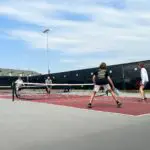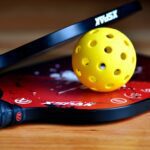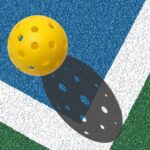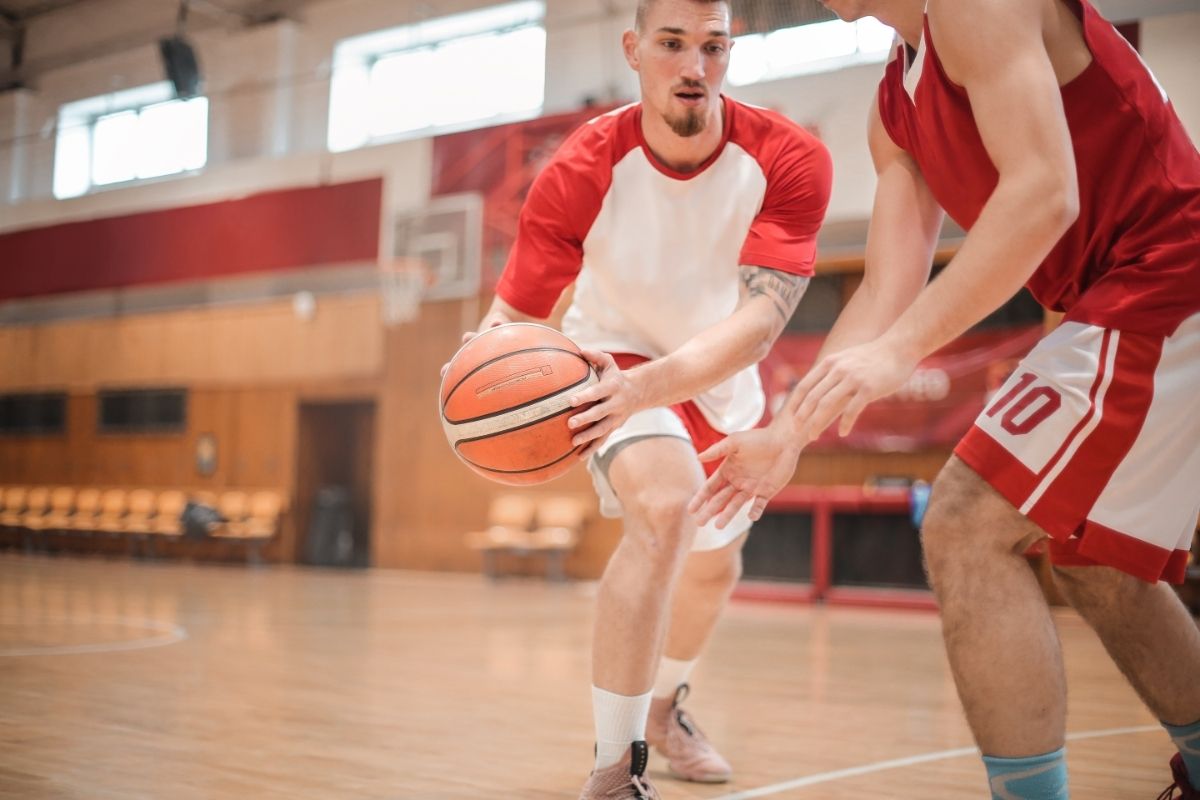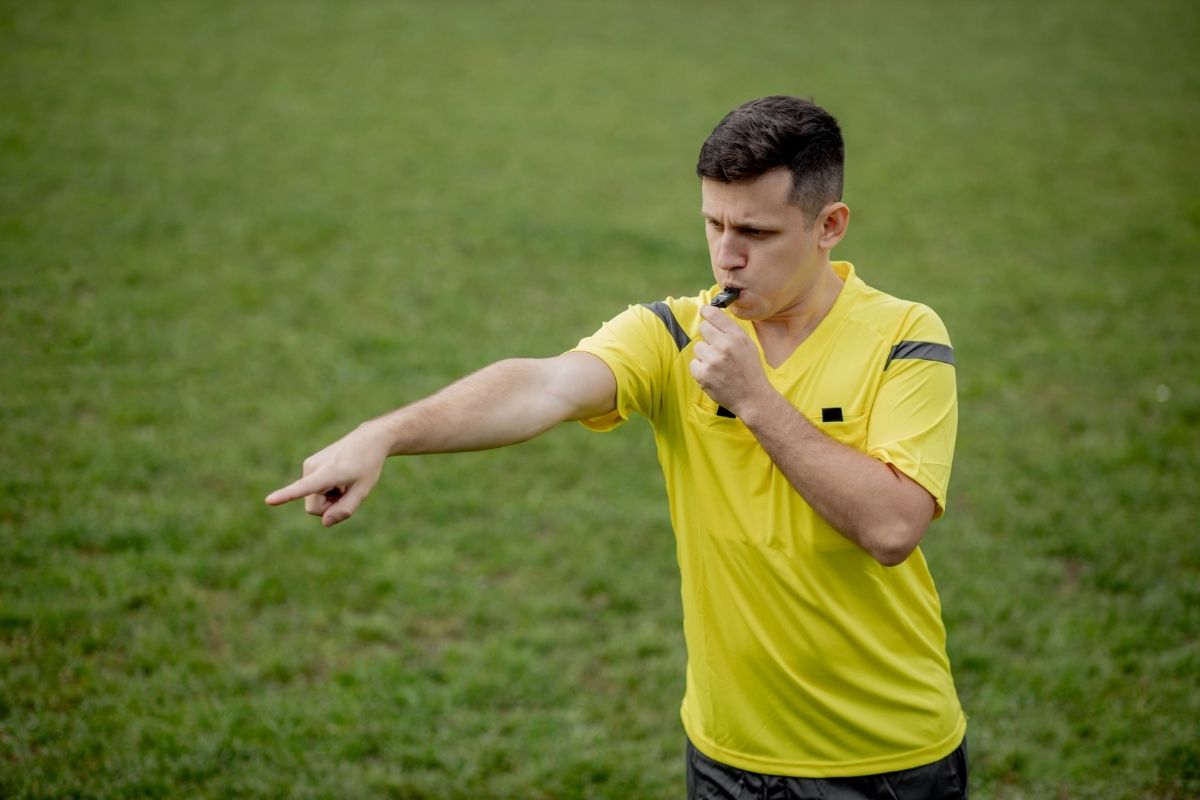Pickleball is a popular racket sport combining badminton, tennis, and table tennis elements. It can be played on various surfaces, including indoor and outdoor courts. Although, one question that often comes up is whether pickleball can be played on concrete.
The answer is yes, pickleball can be played on concrete. Concrete is one of the most common surfaces for outdoor pickleball courts. Concrete courts are durable, low-maintenance, and provide a consistent playing surface. They are also relatively inexpensive to install compared to other types of courts.
While concrete courts can be a great option for pickleball players, there are some important factors to consider. The hardness of the surface can be tough on the joints, so players may need to wear appropriate footwear and take extra care to avoid injuries. Additionally, concrete courts can be slippery when wet, so it’s important to ensure the surface is properly maintained and debris-free.
Can You Play Pickleball on Concrete?
Playing Pickleball on Concrete
Pickleball can be played on various surfaces, including concrete. Concrete courts are popular because they are readily available and are relatively inexpensive to construct. However, playing pickleball on concrete can be challenging as the ball bounces differently on a hard surface than on a softer one.
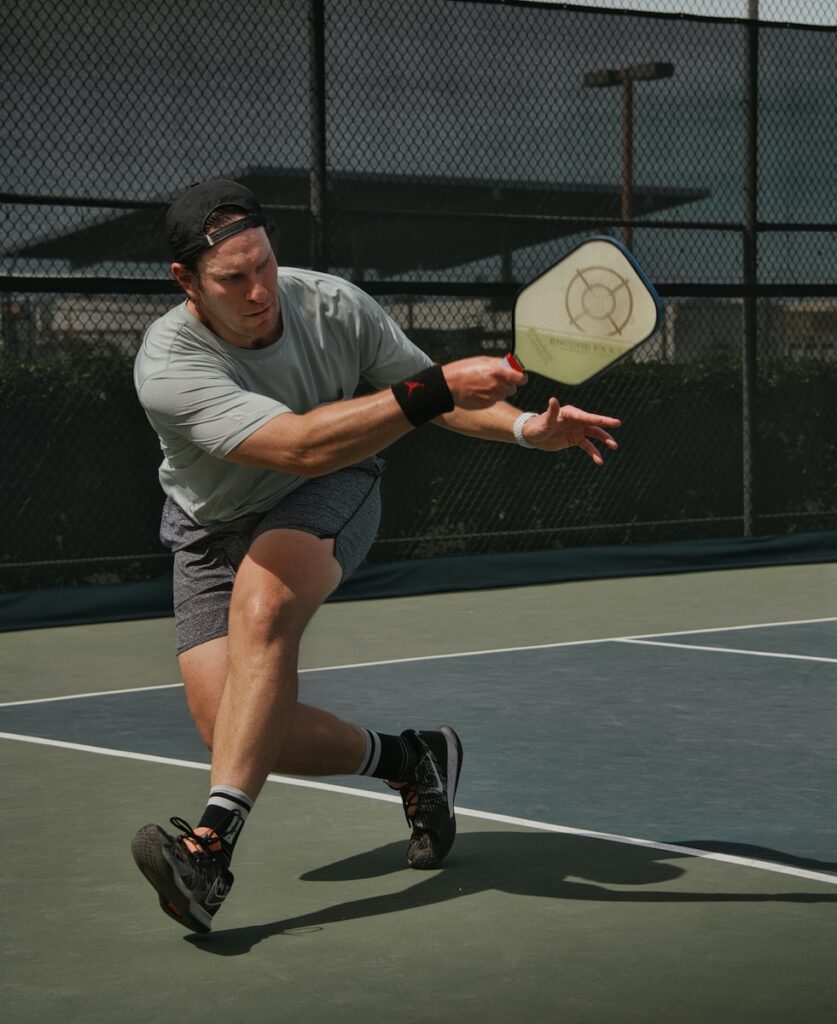

Pros and Cons of Playing Pickleball on Concrete
One of the advantages of pickleball on concrete is that it delivers a smooth and level playing surface, allowing for better ball control. Additionally, concrete courts are durable and require minimal maintenance.
On the other hand, playing pickleball on concrete can be hard on the knees and joints due to the lack of cushioning. Concrete courts also tend to be slippery when wet, which can increase the risk of injury.
Precautions When Playing Pickleball on Concrete
Players should take some precautions when playing pickleball on concrete to minimize the risk of injury. It is essential to wear appropriate shoes with good traction to prevent slipping. Players should also inspect the court for cracks and joints that pose a tripping hazard.
It is also important to warm up before playing to prevent injuries and adjust to the faster pace of the game on a hard surface. Finally, players should be mindful of obstacles and debris on the court that can affect the ball’s trajectory.
In summary, playing pickleball on concrete can be a fun and challenging experience, but it requires some adjustments and precautions to ensure safety and enjoyment.
Playing Pickleball on Concrete
Playing pickleball on concrete can be a challenging experience. Concrete is a hard surface with little cushioning, making it a less forgiving playing surface than other materials like grass or wood. However, it is a durable surface that can withstand the impact of balls and paddles, making it a popular choice for outdoor pickleball courts.
One of the main concerns when playing pickleball on concrete is the ball bounce. Concrete is a smooth surface that can cause the ball to bounce unpredictably, making it difficult to control. Some pickleball courts are painted with a textured surface to improve the ball bounce or have a cushioned underlayment installed.
Another challenge when playing pickleball on concrete is the potential for injury. Concrete surfaces can be slippery, especially when wet, and can cause players to lose traction and fall. It is important to wear appropriate shoes with good grip and to be cautious when playing on a slippery surface.
When playing pickleball on concrete, it is important to be aware of any cracks or joints in the surface. These can cause the ball to bounce unpredictably and be a tripping hazard. It is also important to be aware of any obstacles on the court, such as debris or unevenness in the surface.
Overall, playing pickleball on concrete can be a challenging but rewarding experience. With the right equipment, precautions, and practice, players can adjust to the harder, faster-paced game and improve their skills on this durable surface.
Pros and Cons of Playing Pickleball on Concrete
Playing pickleball on concrete has its advantages and disadvantages. Here are some pros and cons to consider before hitting the court:
Pros
- Durability: Concrete is a hard and durable surface, making it ideal for outdoor play. It can withstand heavy foot traffic and is less likely to suffer damage from the ball or equipment.
- Smooth Surface: Concrete provides a smooth surface for the ball to bounce, allowing for better control and accuracy during the game.
- Low Maintenance: Unlike other playing surfaces, concrete requires little maintenance, making it a cost-effective option in the long run.
- Challenging: Playing on concrete can be more challenging due to the lack of cushioning and forgiveness, making it a great option for experienced players looking to improve their skills.
Cons
- Injury Risk: Concrete is a hard surface that can be tough on the knees and joints, increasing the risk of injury, especially for beginners or those with existing injuries.
- Slippery: Concrete can become slippery when wet, increasing the risk of falls and injuries. It is essential to wear appropriate shoes with good traction when playing on concrete.
- Less Forgiving: Concrete is less forgiving than other playing surfaces, such as grass or wood, which can be tough on the feet and legs, especially during longer games.
- Impact on Ball Bounce: The ball may bounce differently on concrete than other surfaces, such as asphalt or polyurethane, which can take some time to adjust.
Playing pickleball on concrete can be a great option for those looking for a challenging game on a durable surface. However, taking precautions and wearing appropriate shoes is essential to minimize the risk of injury.
Precautions When Playing Pickleball on Concrete
When playing pickleball on concrete, it is important to take certain precautions to avoid injuries and ensure a safe and enjoyable game. Here are some things to keep in mind:
Footwear
Footwear is one of the most important things to consider when playing on concrete. Proper shoes with good grip and support are essential to prevent slipping, sliding, and ankle twisting. Avoid shoes with smooth soles or worn-out treads, as they can cause accidents.
Surface Condition
The condition of the concrete surface is also crucial. Look for cracks, holes, or uneven areas that can cause players to trip or fall. If you notice any defects, report them to the authorities or avoid playing on that court altogether.
Sun Protection
Playing pickleball on concrete can expose players to direct sunlight, which can cause sunburns, dehydration, and heat exhaustion. Wear protective clothing, use sunscreen, and drink plenty of water to stay safe and comfortable.
Equipment
Use proper equipment for outdoor play, such as pickleball paddles, balls, and nets. Check the condition of the equipment before playing to avoid accidents or injuries.
Etiquette
Lastly, following proper etiquette when playing pickleball on concrete is important. Respect other players, wait your turn, and avoid disruptive behavior that can affect the game or annoy others.
By following these precautions, players can enjoy a safe and fun game of pickleball on concrete courts.
- Can You Play Pickleball on Grass? Tips and Tricks - June 12, 2023
- Do Pickleballs Wear Out? Everything You Need to Know - June 12, 2023
- Can You Play Pickleball on Concrete? A Guide to Playing on Hard Surfaces - June 12, 2023


